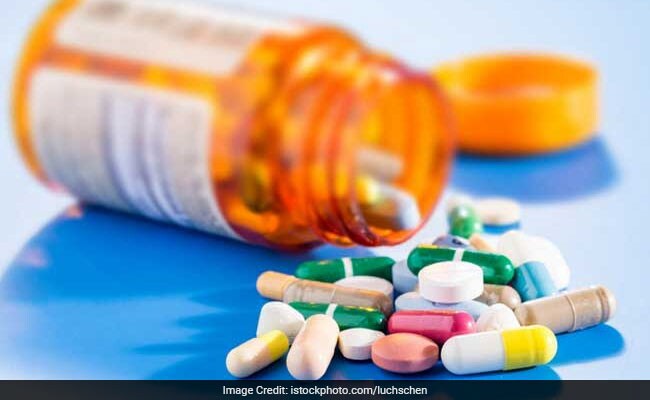A study suggests that more than two third surgery patients often end up with left over opioid painkillers and they do not store or dispose of them.This study concerns over prescribing addictive medicine that can end in the wrong hands. Often doctors are uncertain about the amount of medicines that a patient actually requires after common operations.

Unused opioids reported by surgery patients
HIGHLIGHTS
- Surgery patients often end up with left over opioid painkillers
- At least two thirds of patients were reported having left over opioids
- Pain relief options other than opioids should be considered
A study suggests that more than two third surgery patients often end up with left over opioid painkillers and they do not store or dispose off them. This study concerns over prescribing addictive medicine that can end in the wrong hands. Often doctors are uncertain about the amount of medicines that a patient actually requires after common operations. This leads to a problem. Lead researcher Dr. Mark Bicket, a Johns Hopkins anesthesiologist said patients don't know how to safely get rid of unused medications.
Mark C. Bicket, MD, from the Johns Hopkins University School of Medicine in Baltimore, Maryland, and colleagues write "The combination of unused opioids, poor storage practices, and lack of disposal sets the stage for the diversion of opioids for non medical use."
810 patients were involved in six studies done by Bicket and colleagues. Surgeries included operations in the lungs, hands, shoulders, skin, cesarean and dental work. The proportion of patients reporting unused opioids in these studies ranged from 67% to 92%.
At least two thirds of patients were reported having left over opioids afterwards; often more than half the prescribed pills were unused. Most patients stopped taking further medications because their pain control was adequate.
Lesser than one-third had gotten rid of their leftover pills or they had planned to; and even less fewer than 10 percent - had considered or followed proper ways to dispose. The study was published on Wednesday in JAMA Surgery.
Authorities say opioid painkillers should be stored in their original packaging and kept locked inside a cabinet out of children's reach. Drug stores including CVS and Walgreens collect unused medications. People can also take leftovers to hospital pharmacies or police stations.
October 28 that is the national medication take-back day is set so that people can drop off expired, unused or unwanted prescription drugs. People can call local pharmacies or police departments to attain knowledge about other drop-off days.
The Food and Drug Administration lists opioids that can be flushed down the toilet although some states have banned it.
Bicket also said, doctors should consider smaller opioid doses depending on each patient's needs. He further added pain relief options other than opioids, including over-the-counter pain relievers and exercise, should also be considered after surgery.
They also wrote "Increased efforts are needed to develop and disseminate best practices to reduce the oversupply of opioids after surgery, especially given how commonly opioid analgesics prescribed by clinicians are diverted for non medical use and may contribute to opioid-associated injuries and deaths.''
DoctorNDTV is the one stop site for all your health needs providing the most credible health information, health news and tips with expert advice on healthy living, diet plans, informative videos etc. You can get the most relevant and accurate info you need about health problems like diabetes, cancer, pregnancy, HIV and AIDS, weight loss and many other lifestyle diseases. We have a panel of over 350 experts who help us develop content by giving their valuable inputs and bringing to us the latest in the world of healthcare.














